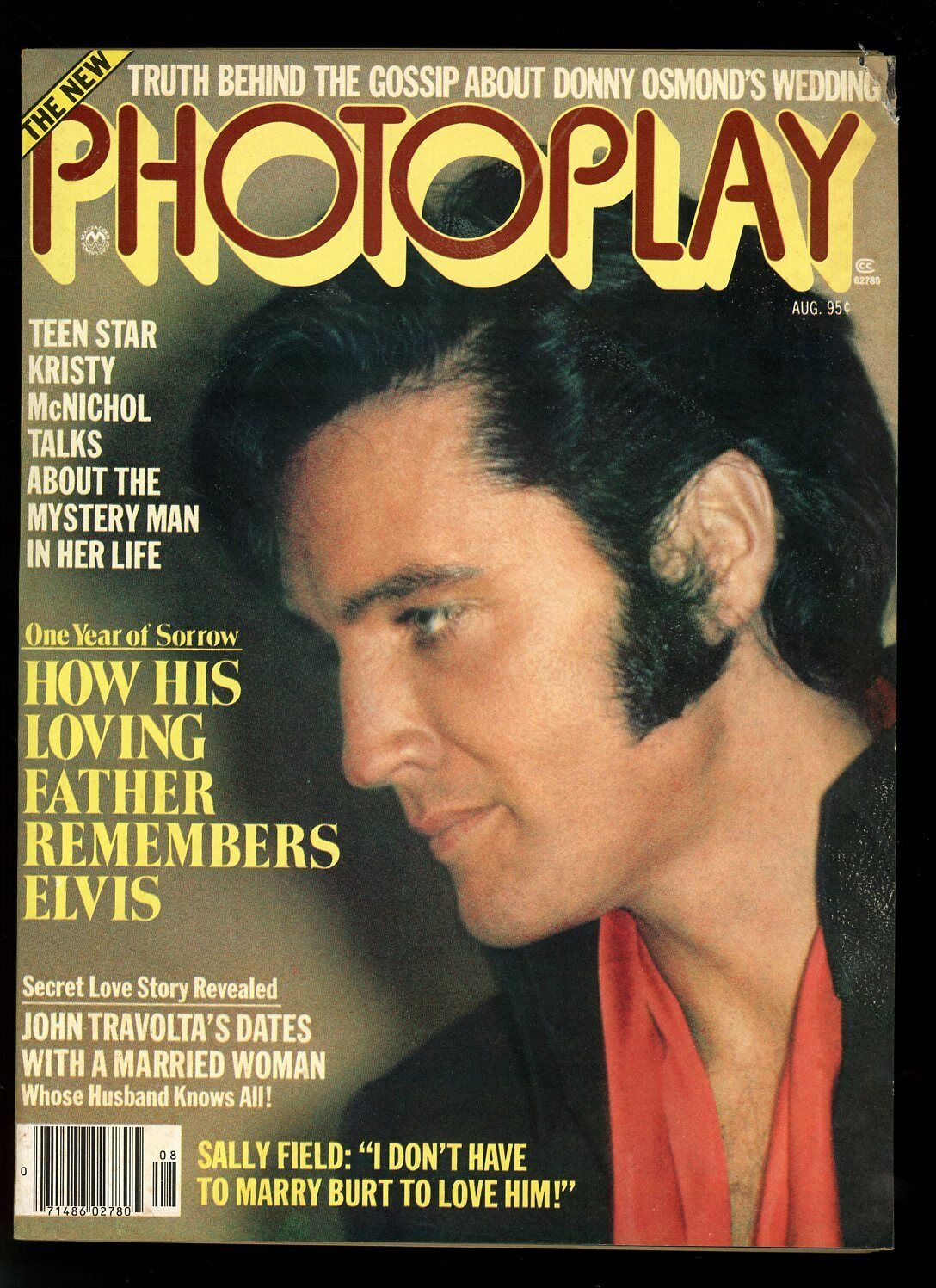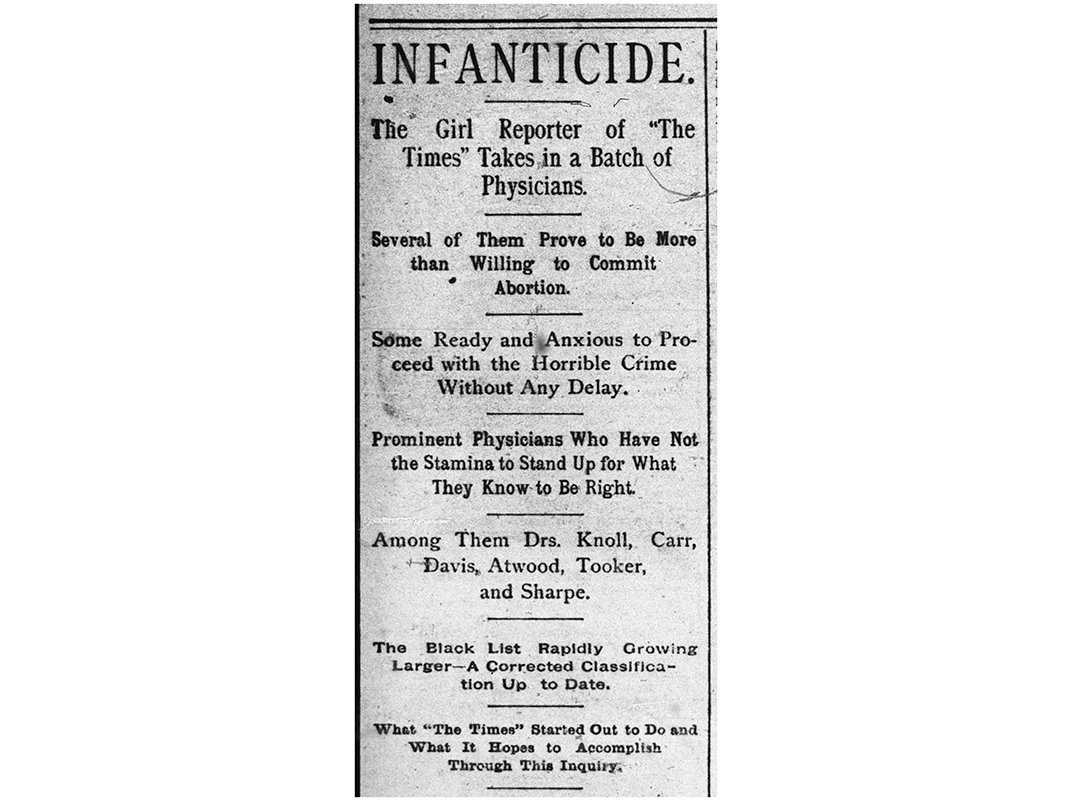As a very avid fan of celebrity journalism, this was a fun topic to get to learn about, especially as it's one of the most popular forms of journalism in the world! Basically, Celebrity Journalism is how we keep up to date with all our favorite Hollywood stars, musicians, and newly minted socialites.
The beginning of celebrity journalism, had a lot to do with who has considered a celebrity at the time. In the early stages it consisted of people like politicians, making the first celebrity interview / presidential interview President Adams. He was interviewed by Anne Newport Royall, the very first American newswoman. This gained very much popularity, resulting in the birth of a new form of journalism!
Celebrity journalism is often associated with Yellow Journalism, both excessively use catchy headlines to draw in readers often based on gossip and rumor. Publications found this very profitable, as getting an inside look on private life of famous people caught the attention of readers.
Soon enough, gossip magazines began to pop up in the United States, the first being Photoplay. It was founded in Chicago, the same year another fan-aimed magazine was created, the Motion Picture Story. Some of the celebrities that were featured at the time included: Marilyn Monroe, Elvis Presley, Arlene Dahl, and Elizabeth Taylor.
The main draw to celebrity journalism had less to do with the entertainment of all the drama, but more with the fixation and distraction it provided for everyday citizens. This hasn't really changed, if anything celebrity journalism has expanded into a way for celebrities to profit off of this such as reality tv shows and social media influencing. It draws away attention from daily life, political issues, and provides a break from daily life. It fascinates readers to learn about celebrity divorces, new relationships, pregnancy scandals, and so much more.
I think the best example of those who capitalized off of this are people like the Kardashians, as they became famous for simply wanting this attention. They gave into the tabloids, ran around life with cameras following them, and made a massive amount of money out of it.
Me personally, I love giving into celebrity gossip. I find it thrilling to know what's happening with Harry Styles and his newly rumored girlfriend, or the millions of speculations of what Taylor Swift is going to release next, and growing up in a city where I get to see both sides of the situation gives me a new perspective. I think it's a very lucrative industry, do I agree with the tactics of lies and invading privacy most celebrity journalists or paparazzi photographers use, no. But, I do think celebrities enjoy it to some degree too, when it works in their favor. After all, there is no such thing as bad publicity.









